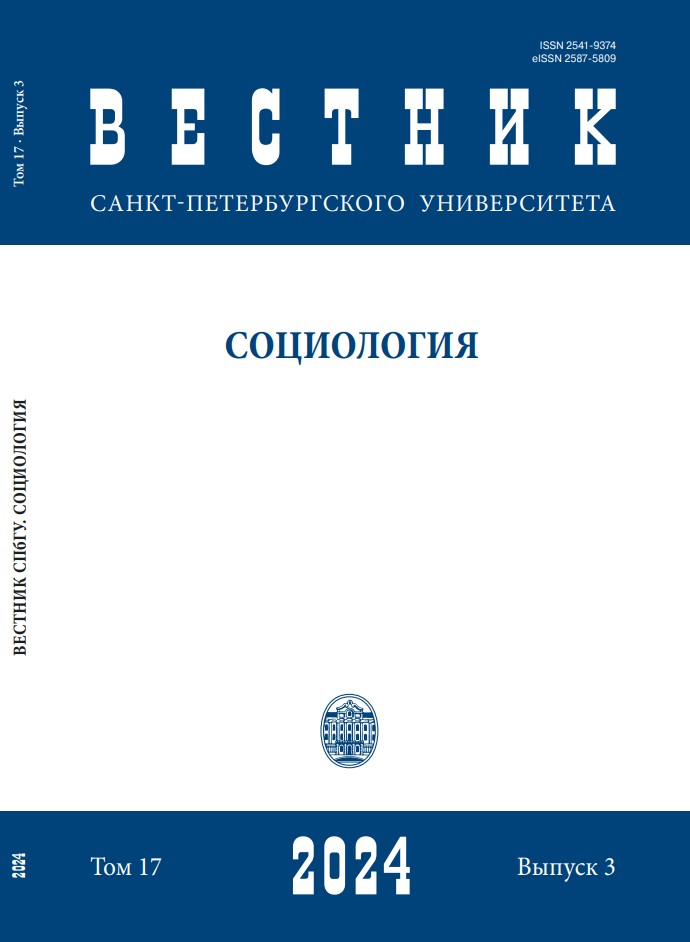The system of indicators of demographic security of the Eurasian Economic Union: A sociological approach
DOI:
https://doi.org/10.21638/spbu12.2024.306Abstract
The article raises the problem of the contradiction between the need to identify strategic ways to ensure the demographic security of the Eurasian Economic Union (EAEU) and the lack of development of an appropriate system of indicators that provides reliable statistical and empirical information for the development of a set of measures for implementation at the level of supranational integration education. The relevance of applying a sociological approach to the development of a system of indicators of demographic security of the EAEU lies in the need to develop the integration of the participating countries in the context of deepening global risks. The study analyzes the statistical data of the EAEU for 2014–2023 in the section of demographic characteristics of the population; provides data from a sociological survey in the study “Ethnocultural factors of socio-demographic well-being of Russia and integration processes in the post-Soviet space”, 2023–2024. Citizens of Russia (204), Kazakhstan (201), Kyrgyzstan (175), Tajikistan (199) and Uzbekistan (191) who temporarily or permanently reside in Moscow and the Moscow region were interviewed. As a result of the work, a system of indicators of the demographic security of the EAEU is proposed, consisting of six blocks (population size and structure, population reproduction, migration, public health, standard of living, social well-being of citizens). Each of the blocks involves studying, firstly, in statics (for a specific period), and secondly, in dynamics (changes over the course of ten years, during the period of the EAEU’s existence). It is proved that the indicators traditionally used in demographic assessments of countries and regions (number, structure, natural reproduction, migration) should be enriched with indicators, which will optimize the development of measures to ensure the demographic security of the EAEU (health, standard of living, social well-being).
Keywords:
demographic security, the Eurasian Economic Union (EAEU), population, demographic security indicators, socio-economic development
Downloads
References
Downloads
Published
How to Cite
Issue
Section
License
Articles of "Vestnik of Saint Petersburg University. Sociology" are open access distributed under the terms of the License Agreement with Saint Petersburg State University, which permits to the authors unrestricted distribution and self-archiving free of charge.




